What Food is Junk Food?
Introduction
In our fast-paced world, convenience often takes precedence over nutrition, and this has led to the widespread consumption of junk food. While the term is commonly used, many people don’t fully understand what qualifies as junk food, why it’s considered unhealthy, and the extent of its impact on health and society.
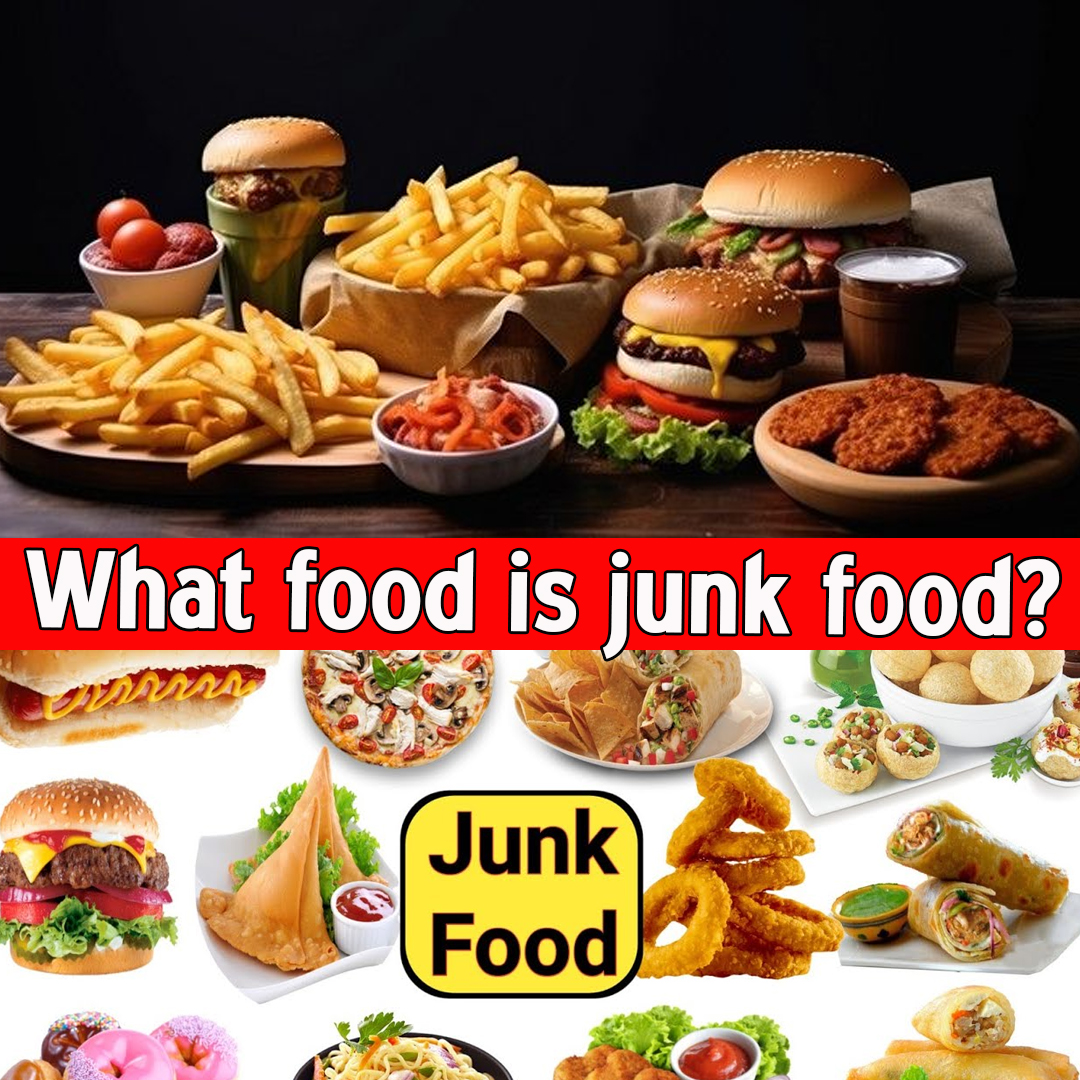
What food is junk food?
1. What is Junk Food?
Junk food refers to foods and beverages that are high in calories but low in nutritional value. These foods often contain excessive amounts of sugar, salt (sodium), saturated and trans fats, while lacking essential nutrients like fiber, vitamins, and minerals.
The term was popularized in the 1970s and has since become a cultural shorthand for unhealthy, processed, and convenient food.
2. Common Characteristics
To understand JK better, here are the defining traits:
- High in calories (energy-dense)
- Low in essential nutrients
- High sugar content (added sugars, corn syrup)
- Excessive sodium (salt)
- Unhealthy fats (trans fats, saturated fats)
- Highly processed and refined
- Often addictive and over-consumed
- Convenient, fast, and ready-to-eat
3. Types and Examples of JK
Let’s break down some common categories of junk food and list typical examples:
| Read more – What is the Harvard diet? |
a. Fast Food
Prepared and served quickly, often in chains or takeaways.
Examples:
- Burgers with cheese and bacon
- French fries
- Fried chicken
- Hot dogs
- Chicken nuggets
- Pizza (especially with thick crusts, extra cheese, and processed meats)
b. Packaged Snacks
Highly processed and shelf-stable.
Examples:
- Potato chips
- Cheese puffs
- Pretzels
- Nachos
- Instant noodles
- Popcorn with butter flavoring (microwaveable types)
c. Baked Goods and Desserts
Loaded with sugar, white flour, and unhealthy fats.
Examples:
- Cakes and pastries
- Doughnuts
- Muffins
- Cookies
- Brownies
- Cupcakes
d. Sugary Beverages
Liquid calories with no nutritional value.
Examples:
- Soft drinks (soda)
- Energy drinks
- Flavored juices
- Bottled iced tea
- Sweetened coffee drinks
e. Candy and Confectionery
Sugar-laden, artificial, and nutrient-poor.
Examples:
- Chocolates
- Gummies
- Lollipops
- Marshmallows
- Hard candies
- Caramel and toffees
f. Breakfast Cereals (Certain Types)
Some cereals marketed to kids are essentially sugar bombs.
Examples:
- Frosted flakes
- Chocolate cereal puffs
- Fruity ring cereals
- Granola bars with chocolate and caramel
4. The Ingredients That Make Food “Junk”
Most junk foods contain ingredients that trigger overconsumption and are harmful to long-term health:
✅ Added Sugars
Found in soda, candies, pastries, and even sauces. Excess sugar contributes to:
- Obesity
- Diabetes
- Fatty liver disease
- Tooth decay
✅ Refined Carbohydrates
White bread, pastries, and crackers spike blood sugar with little fiber.
Trans Fats
Found in margarine, baked goods, and fried foods. They increase the risk of:
- Heart disease
- Inflammation
- Stroke
✅ Artificial Additives
Coloring agents, preservatives, emulsifiers, and flavor enhancers like MSG (monosodium glutamate) are common in junk food.
✅ Salt (Sodium)
Excess salt in chips, canned soups, and fast foods can lead to:
- High blood pressure
- Kidney issues
- Fluid retention
5. Why Do People Eat Junk Food?
Despite the health warnings, junk food remains extremely popular. Here’s why:
✅ Convenience
Fast, easy-to-eat, and widely available.
✅ Affordability
Cheaper than fresh produce or whole foods in many cases.
Addictive Taste
High levels of sugar, salt, and fat stimulate brain reward centers.
✅ Aggressive Marketing
Attractive packaging, celebrity endorsements, and discounts create emotional attachment.
✅ Social Influence
Peer pressure, family habits, and social settings often involve junk food.
6. Health Risks of Eating Junk Food
The more junk food one consumes, the higher the risk of numerous health problems.
❌ Obesity
Junk food is calorie-dense and easy to overeat, leading to fat accumulation and weight gain.
❌ Type 2 Diabetes
Sugar-sweetened beverages and refined carbs impair insulin sensitivity.
Heart Disease
High sodium, unhealthy fats, and cholesterol-rich ingredients contribute to heart issues.
❌ Digestive Issues
Lack of fiber leads to constipation and poor gut health.
❌ Depression and Mood Swings
Studies show links between junk food and poor mental health due to inflammation and nutrient deficiencies.
❌ Cancer
Some studies suggest processed meats and ultra-processed foods may increase cancer risk, especially colorectal cancer.
❌ Liver Disease
High sugar intake (especially fructose) is a key contributor to non-alcoholic fatty liver disease.
❌ Dental Problems
Sugary drinks and snacks erode enamel and cause cavities.
7. Junk Food and Children
Children are especially vulnerable:
- Junk food is aggressively marketed to kids through cartoons, colorful packaging, and toys.
- Early junk food habits can lead to childhood obesity, diabetes, learning difficulties, and behavioral issues.
- Schools, birthday parties, and social events often promote junk food as rewards.
Tip: Parents should lead by example and provide healthier alternatives like fruits, nuts, yogurt, and homemade snacks.
8. Junk Food in the Modern World
Junk food has become part of modern global culture. From urban centers to rural towns, it’s everywhere.
Global Trends:
- Rising junk food sales in India, China, Africa, and Latin America.
- Western fast-food chains dominate the global market.
- Increased sedentary lifestyles + junk food = global obesity epidemic
Economic Impact:
- Low-cost ingredients make junk food profitable.
- High consumption drives up healthcare costs related to chronic diseases.
9. How to Identify Junk Food
Some foods appear healthy but are actually junk due to hidden ingredients.
Watch out for:
- Health claims like “low fat” or “sugar-free” — often misleading
- Foods with long ingredient lists and unpronounceable names
- Packaged meals, instant snacks, sweetened yogurt, granola bars
Pro Tip: Always check the nutrition label and ingredient list before buying.
10. Can jk Be Made Healthy?
Not all fast or processed food is automatically jk. With some tweaks, you can create healthier versions.
✅ Homemade Pizza
Use whole wheat base, low-fat cheese, and lots of veggies.
✅ Air-Fried Snacks
Replace deep-fried items with air-fried alternatives.
Dark Chocolate
Choose 70%+ cocoa dark chocolate in moderation instead of milk chocolate.
✅ Homemade Popcorn
Use minimal butter and salt.
✅ Smoothies
Make at home with real fruits instead of sugary commercial versions.
| Read more – தமிழ் சினிமாவை 2025 ஆம் ஆண்டில் ஆளப்போகும் திரிஷா! |
11. Reducing Junk Food in Your Diet
Small, consistent changes lead to big results.
✔ Plan meals ahead
Home-cooked meals reduce the temptation to grab fast food.
✔ Drink water
Replace sodas and energy drinks with water or herbal tea.
Eat mindfully
Avoid emotional eating triggered by stress or boredom.
✔ Keep healthy snacks
Nuts, seeds, fruits, boiled eggs, or hummus with veggies.
✔ Practice moderation
Occasional indulgence is fine. Just don’t make jk a daily habit.
12. Government and Public Health Interventions
To combat junk food consumption, many governments are taking steps:
- Sugar taxes on soft drinks
- Ban on jk ads targeted at children
- Clear food labeling systems (like color codes or star ratings)
- School meal policies that eliminate processed snacks
13. Junk Food vs Whole Foods
| Feature | jk | Whole Foods |
|---|---|---|
| Calories | High | Moderate |
| Nutrient Density | Low | High |
| Fiber | Low | High |
| Additives | Many | None or minimal |
| Shelf Life | Long | Short |
| Health Impact | Negative | Positive |
Conclusion
So, what food is jk? In simple terms, it’s any food that is high in calories but low in nutritional value. These foods are designed for pleasure and convenience, not health. From salty snacks to sugary sodas, junk food has become a staple in modern diets — often at the cost of long-term well-being.
Understanding what jk is and how it affects your body is the first step toward better choices. While it’s unrealistic to avoid jk entirely, moderation, awareness, and smarter substitutes can go a long way in protecting your health.
Final Tips: Eat Smart, Live Healthy
- Choose whole foods like fruits, vegetables, whole grains, and lean proteins.
- Avoid highly processed, packaged, and sugary items.
- Cook more meals at home and read nutrition labels.
- Limit jk to occasional indulgences, not daily meals.

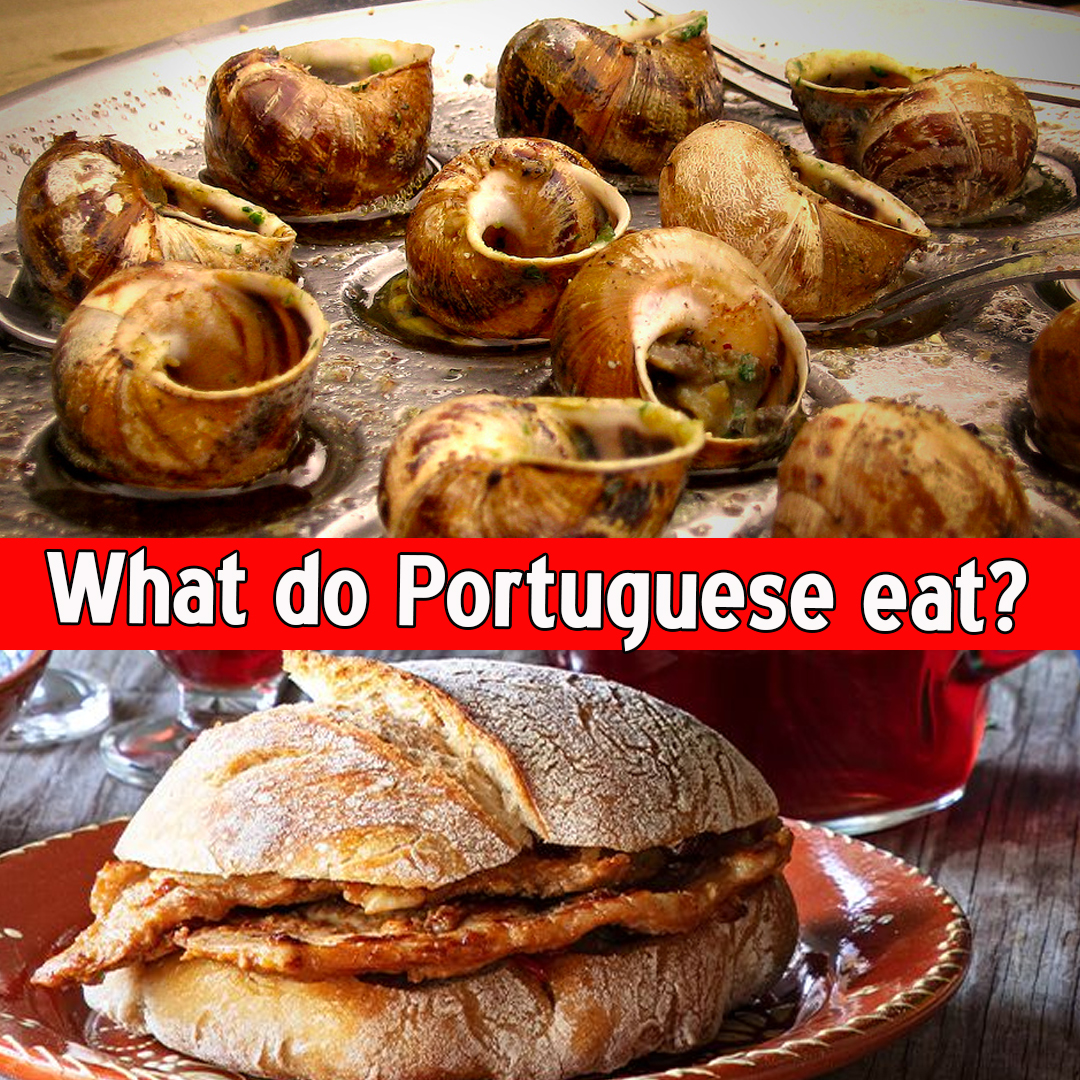


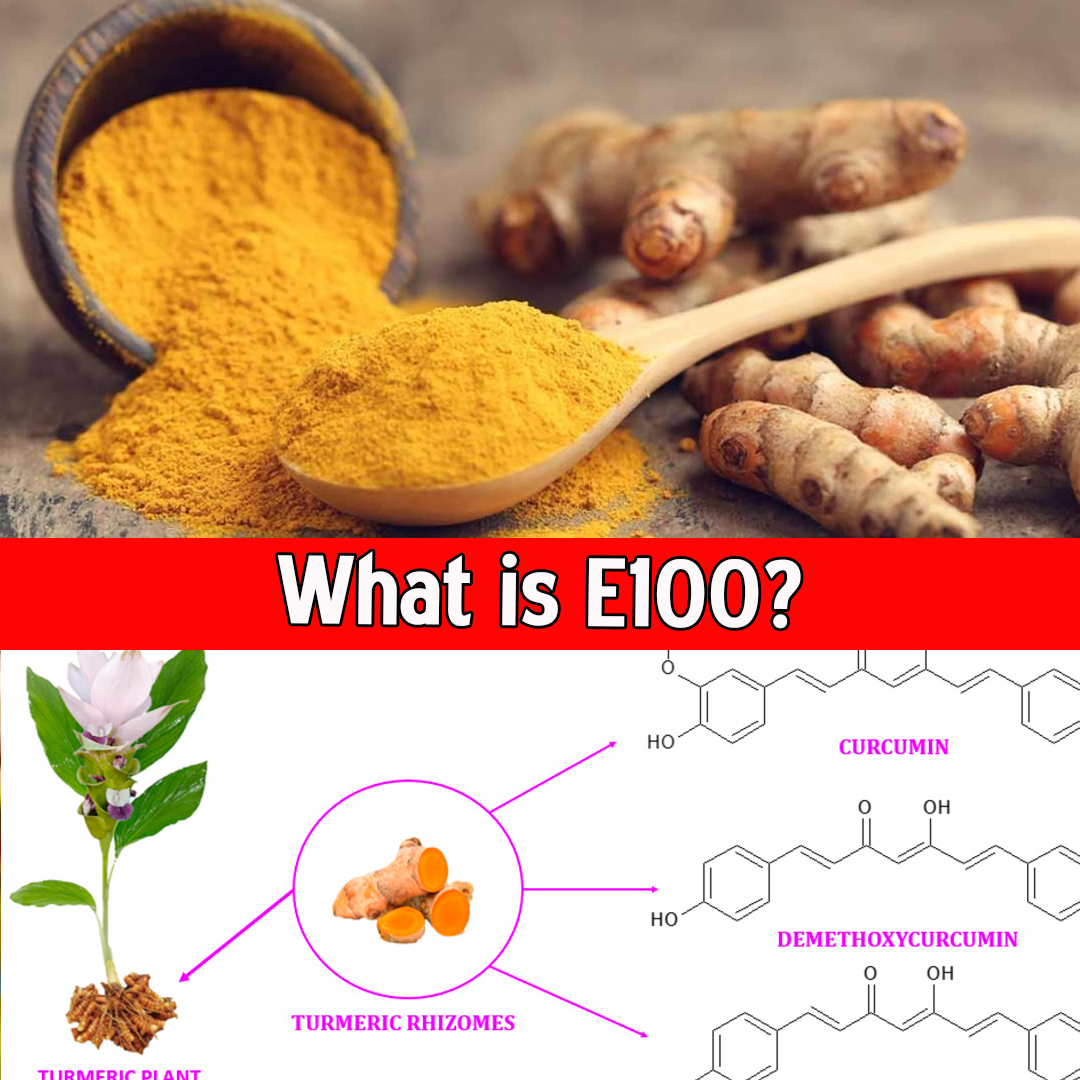

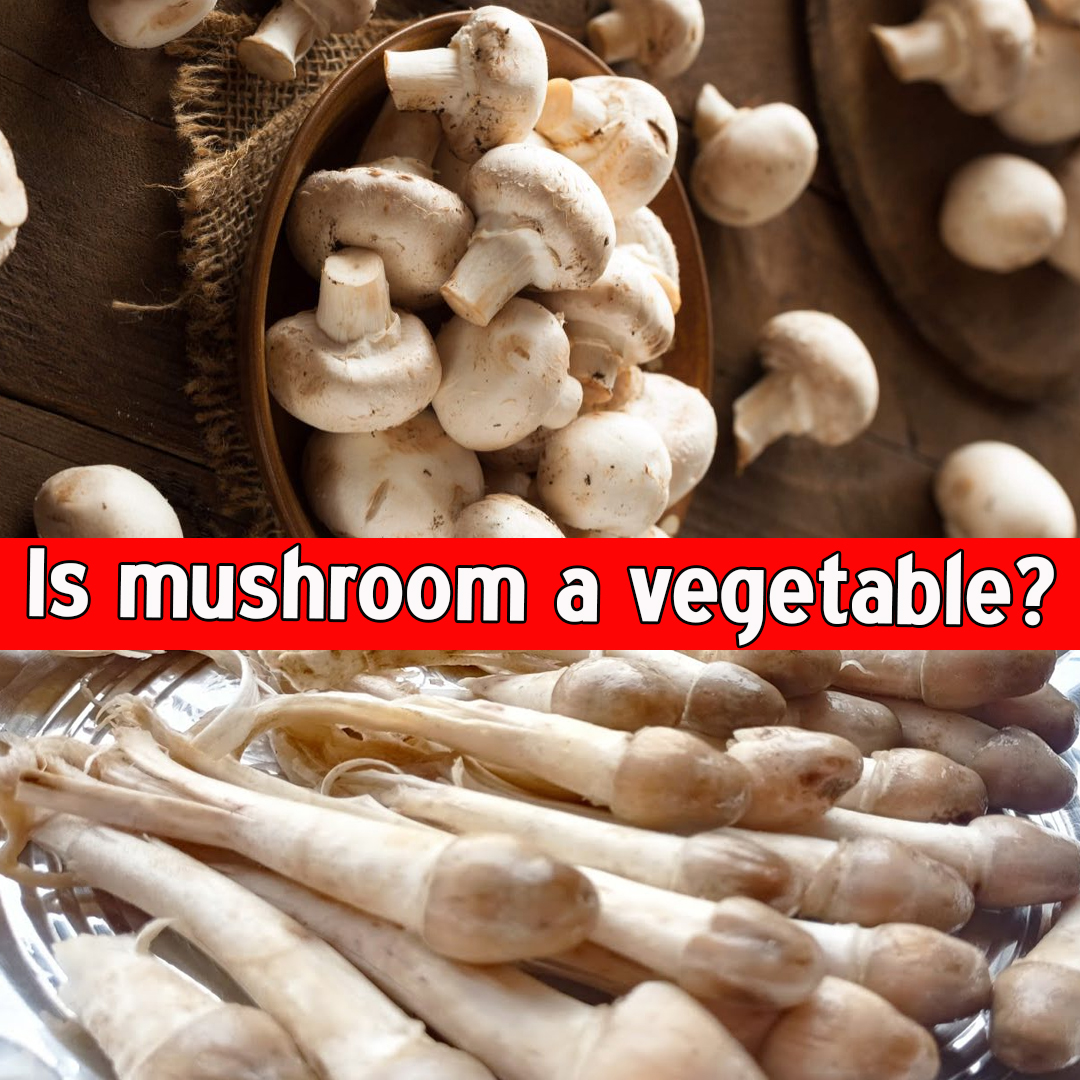


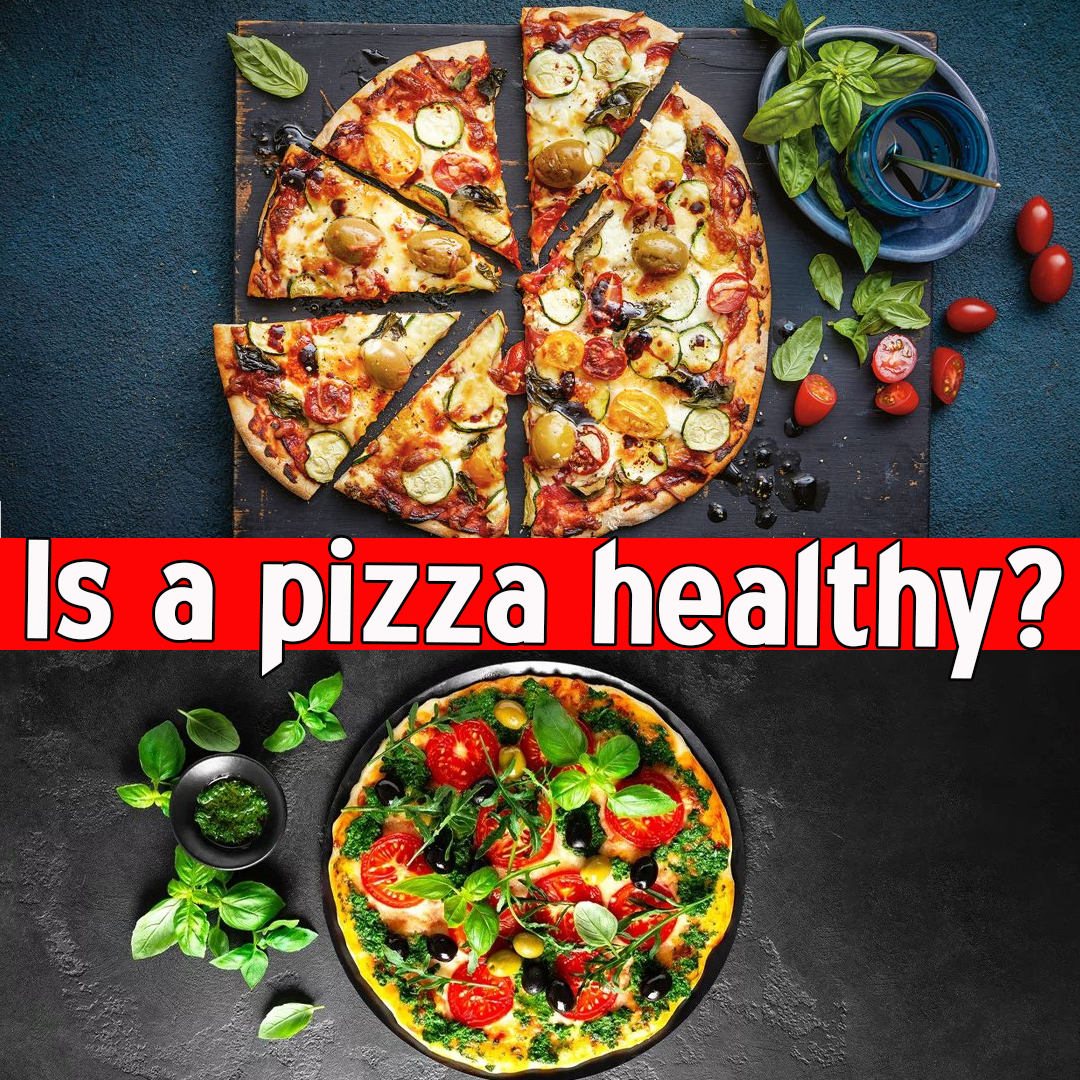


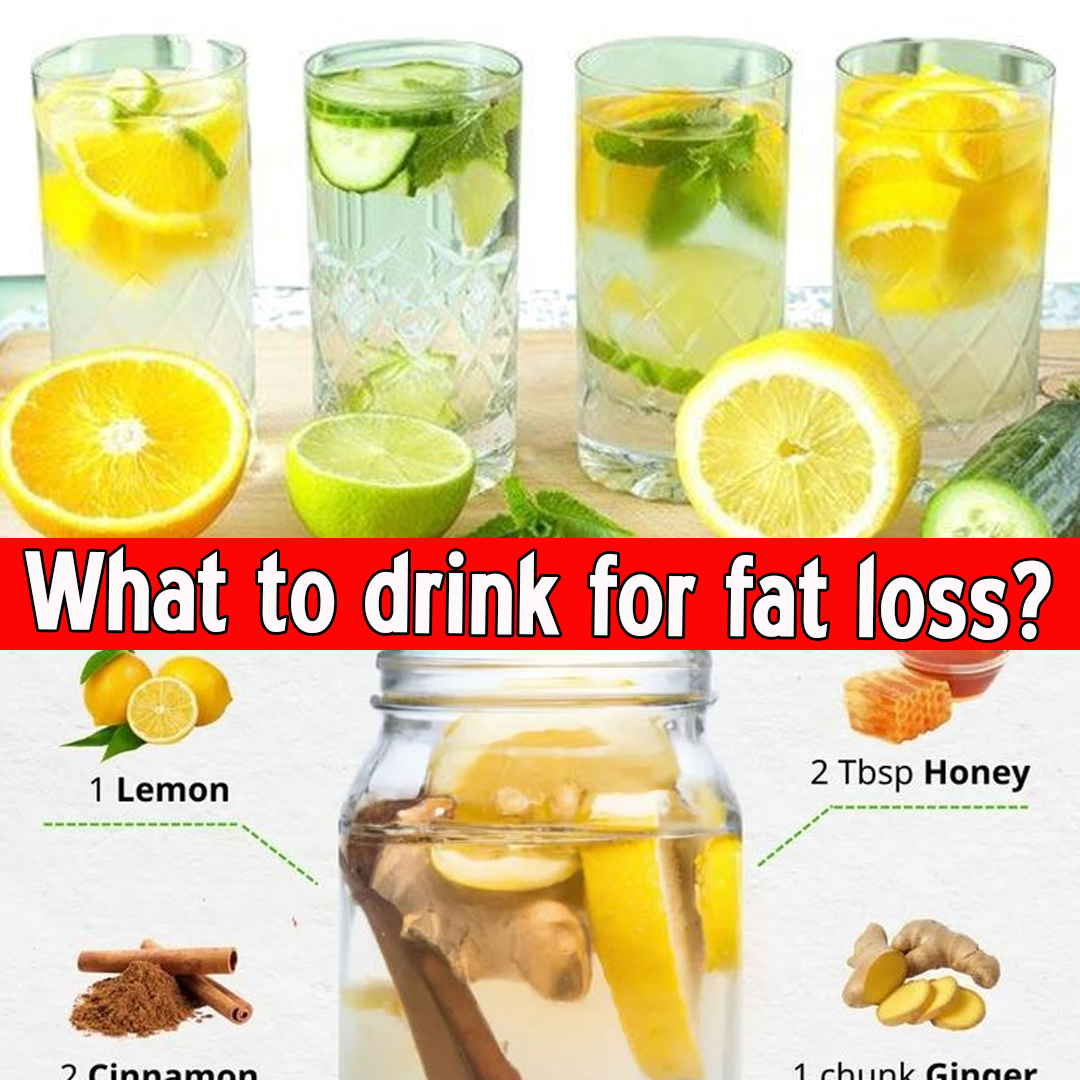
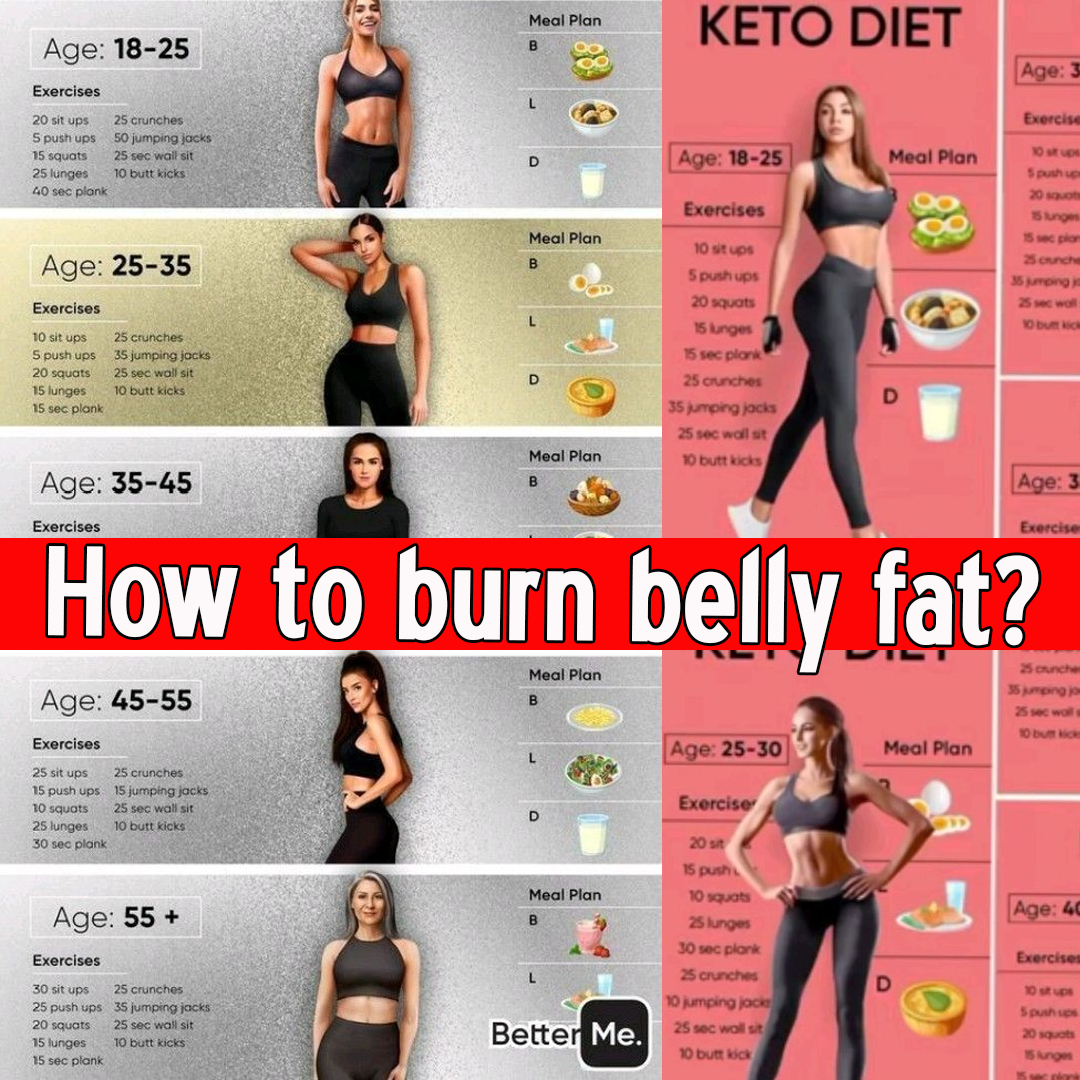

Leave a Reply